SafeTrack’s Surge 2 Bus Shuttle Proves Bus Rapid Transit Can Work Here
The shuttle buses at Eastern Market during Surge 2 are arriving every two minutes at rush hour, and are moving nearly the same number of people as 3 lanes of Pennsylvania Avenue SE. This shows how much we can achieve by giving buses priority – lanes, signal priority, and more – on busy streets.
For the last week, Metrobus has been operating bus shuttles between Eastern Market and Minnesota Avenue and Benning Road, to provide alternatives around SafeTrack Surge 2 while we rebuild tracks and infrastructure on that segment of Metrorail. While still moving less than half the the riders as what Metrorail normally moves, the shuttles are moving an impressive number of people:
- In the morning rush hours, buses are arriving at Eastern Market every 2 minutes on average
- Shuttle buses are delivering 1,800 people per hour to Eastern Market between 8:00 and 9:00am. This is about the same as the number of vehicles that 3 lanes of Pennsylvania Ave. SE typically moves (1,500-2,000 vehicles per hour per direction, according to TPB Regional Transportation Data Clearinghouse).
- Around 16,000-17,000 people per day are riding the shuttles, or about two-thirds of the number of vehicles driven through the corridor in a day (25,000 average annual daily traffic)
- Traffic Control Officers from DDOT are critical to this operation, ensuring that everyone moves safely and efficiently

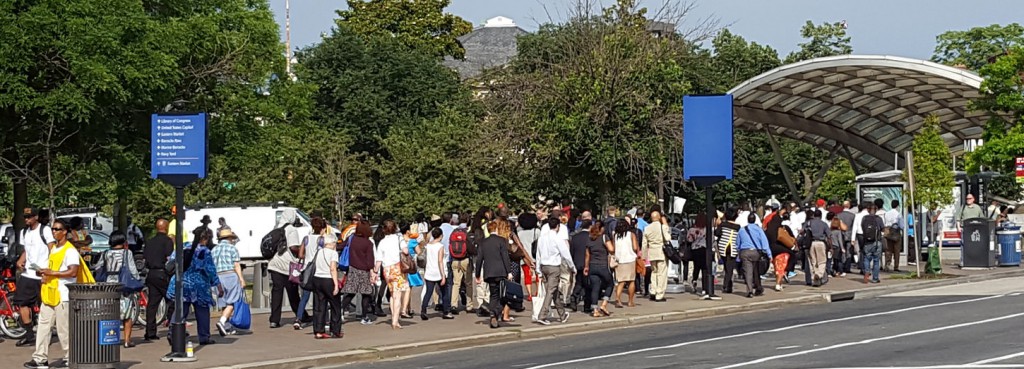
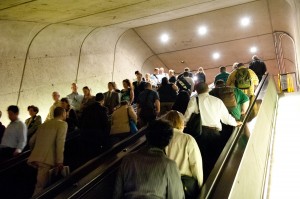

![Bus%20Gallery%20Place%20041816-5908[1]](https://planitmetro.com/wp-content/uploads/2016/06/Bus-Gallery-Place-041816-59081-300x222.jpg) These adjustments aim to improve system reliability, route simplicity, and customer service. The bulk of this service change impacts bus routes in Virginia. Check below to see if your routes will be affected and look up
These adjustments aim to improve system reliability, route simplicity, and customer service. The bulk of this service change impacts bus routes in Virginia. Check below to see if your routes will be affected and look up  On Monday, June 13th, the Metropolitan Washington Council of Governments (COG) and the Greater Washington Board of Trade (BOT)
On Monday, June 13th, the Metropolitan Washington Council of Governments (COG) and the Greater Washington Board of Trade (BOT) 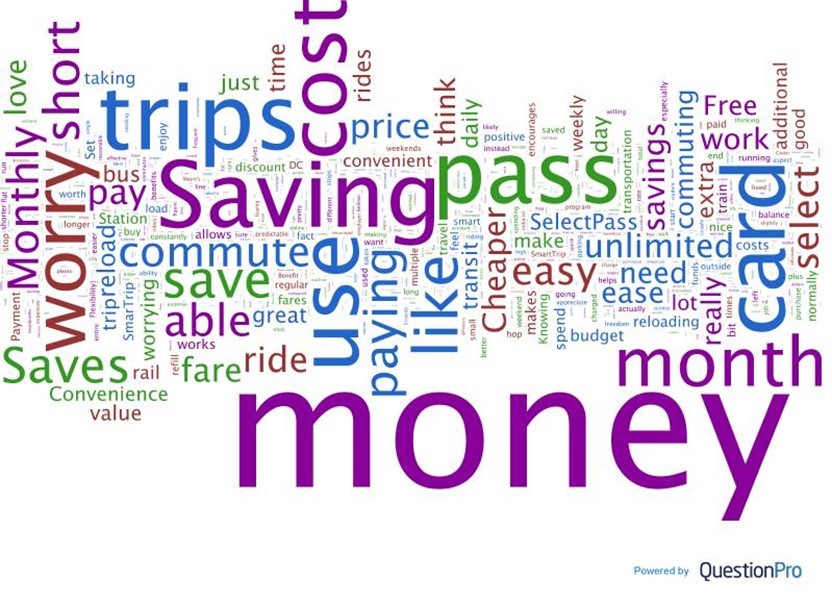
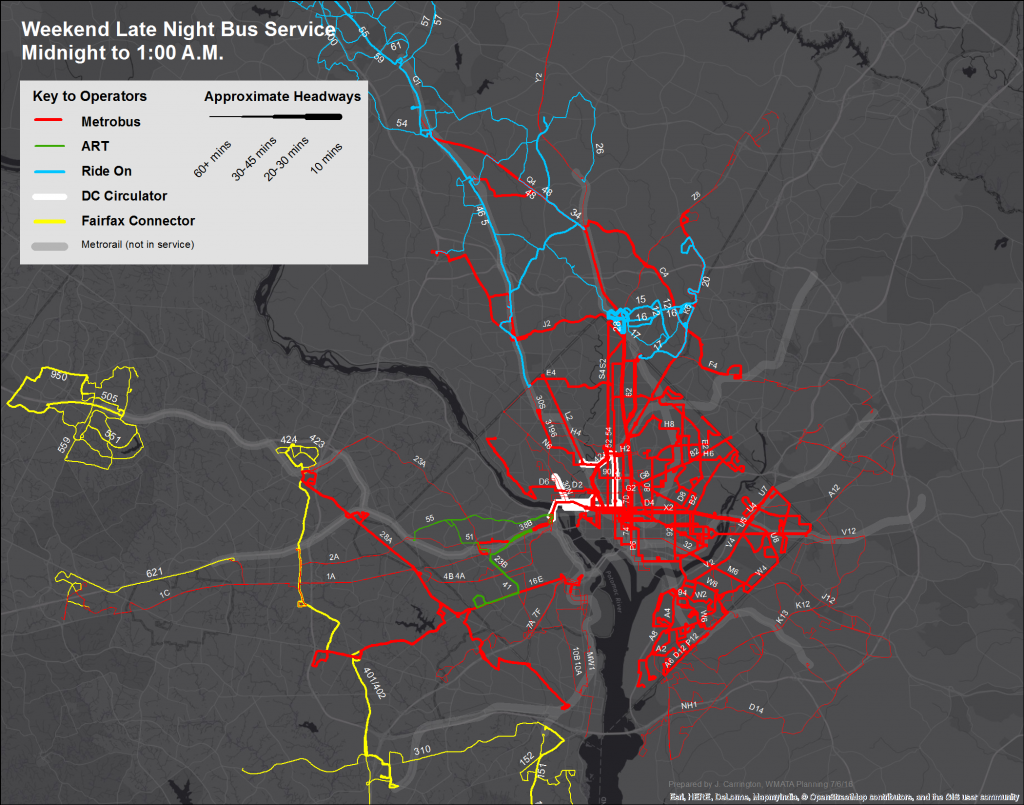
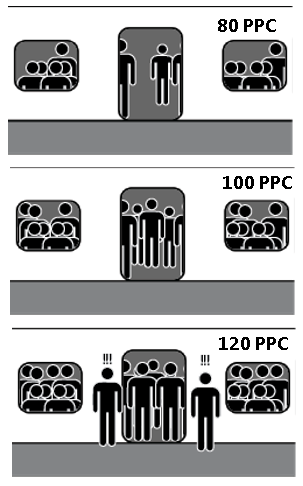
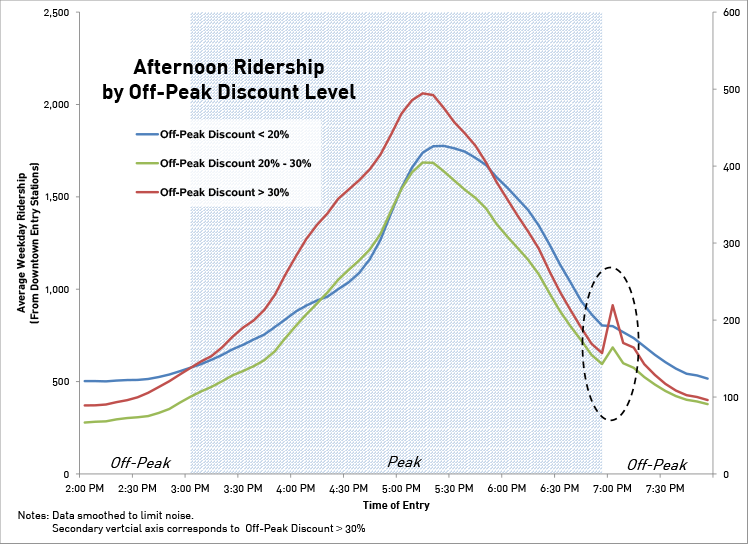
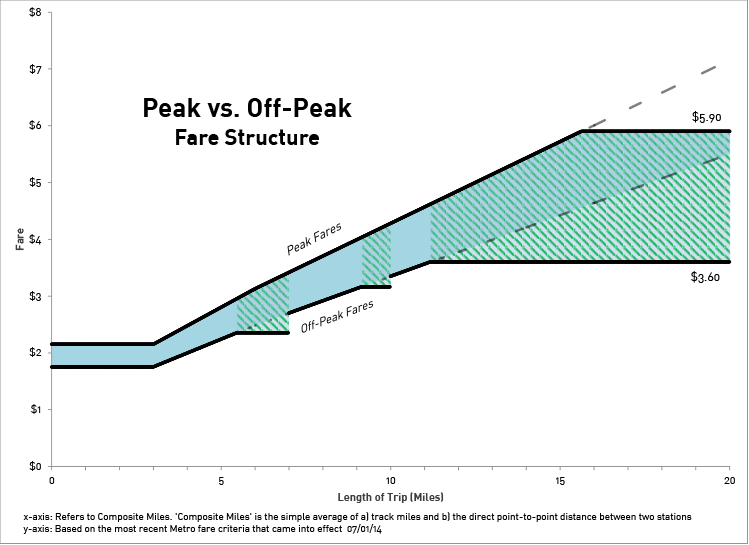
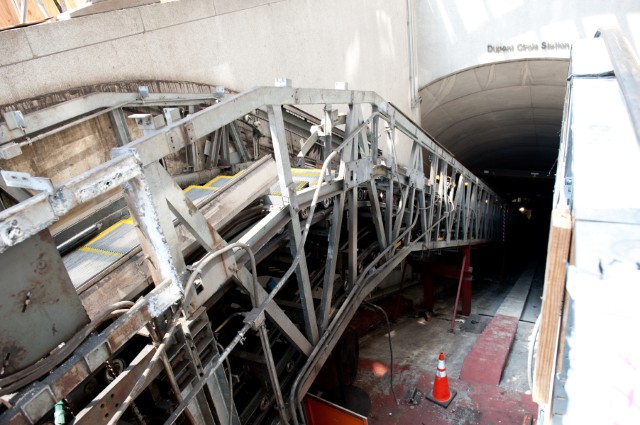

Recent Comments